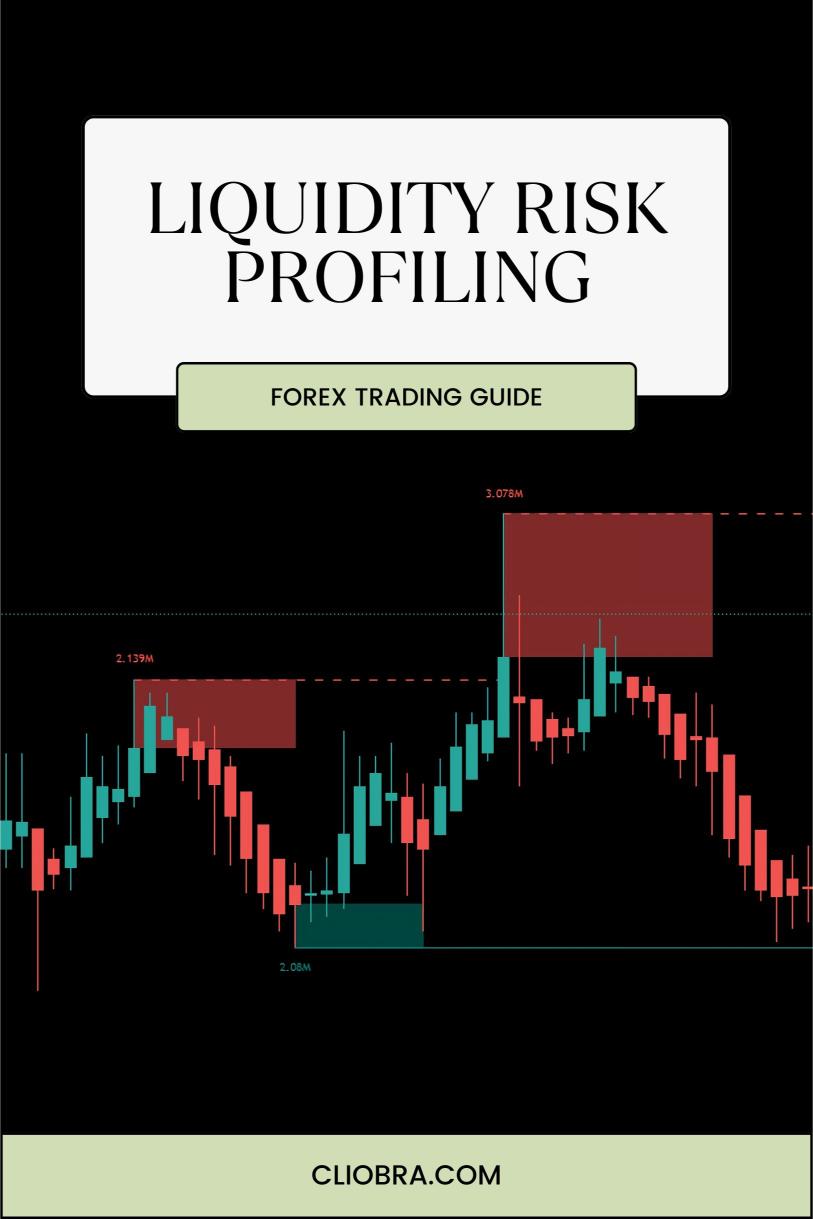Last Updated on February 16, 2025 by Arif Chowdhury
As a seasoned Forex trader since 2015, I’ve seen countless accounts blow up.
The culprit? Poor liquidity risk management.
But here’s the thing – it doesn’t have to be this way.
Understanding Liquidity Risk in Forex Trading 💡
Liquidity risk is like oxygen in the Forex market – you don’t notice it until it’s gone.
According to recent studies, 67% of retail Forex traders experience significant losses due to inadequate liquidity risk assessment.
This statistic hits hard because I’ve been there.
Why Traditional Risk Management Falls Short 📉
Most traders focus solely on stop losses and position sizing.
Big mistake.
Here’s what they’re missing:
- Market depth analysis – Understanding how many orders exist at different price levels
- Spread fluctuation monitoring – Tracking how spreads widen during different market conditions
- Volume profile assessment – Identifying areas of high and low liquidity
The Power of Liquidity Risk Profiling 📊
Liquidity risk profiling changed everything for me.
Research shows that traders who implement comprehensive liquidity risk profiling see a 43% reduction in slippage-related losses.
Think about that for a second.
Advanced Liquidity Risk Management Strategies 🎯
Let me break down the key components:
- Price Impact Analysis – Understanding how your trades affect market prices
- Timing Optimization – Identifying high-liquidity windows for better execution
- Cross-Pair Correlation – Managing exposure across correlated currency pairs
Automation: The Game-Changer ⚡
This is where it gets interesting.
I’ve developed a portfolio of 16 advanced trading algorithms that incorporate liquidity risk profiling.
These bots operate across EUR/USD, GBP/USD, USD/CHF, and USD/JPY.
Each currency pair has 3-4 dedicated bots, working in harmony.
The best part? They’re completely FREE.
Multi-Layer Risk Management 🛡️
My algorithms use H4 charts for long-term trades (200-350 pips).
They’ve been backtested across 20 years of market data.
Why does this matter?
Because longer timeframes typically offer better liquidity conditions.
The Broker Factor 🏢
Your broker choice can make or break your liquidity risk management strategy.
After years of testing, I’ve compiled a list of trusted Forex brokers that offer:
- Deep liquidity pools
- Tight spreads
- Fast execution
- Reliable platforms
Implementation Steps 📈
- Start with a solid understanding of market microstructure
- Implement basic liquidity risk profiling
- Gradually incorporate advanced strategies
- Consider automated solutions for consistent execution
Key Success Metrics 🎆
Industry data shows that traders using comprehensive liquidity risk profiling experience:
- 35% fewer rejected orders
- 28% improvement in execution prices
- Significantly reduced emotional trading
Final Thoughts 💭
Liquidity risk profiling isn’t just another trading buzzword.
It’s the foundation of sustainable trading success.
Whether you choose manual trading or automation, understanding liquidity risk is non-negotiable.
Remember, successful trading isn’t about making the most money – it’s about losing the least.
